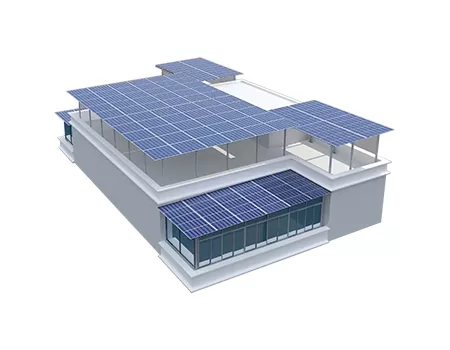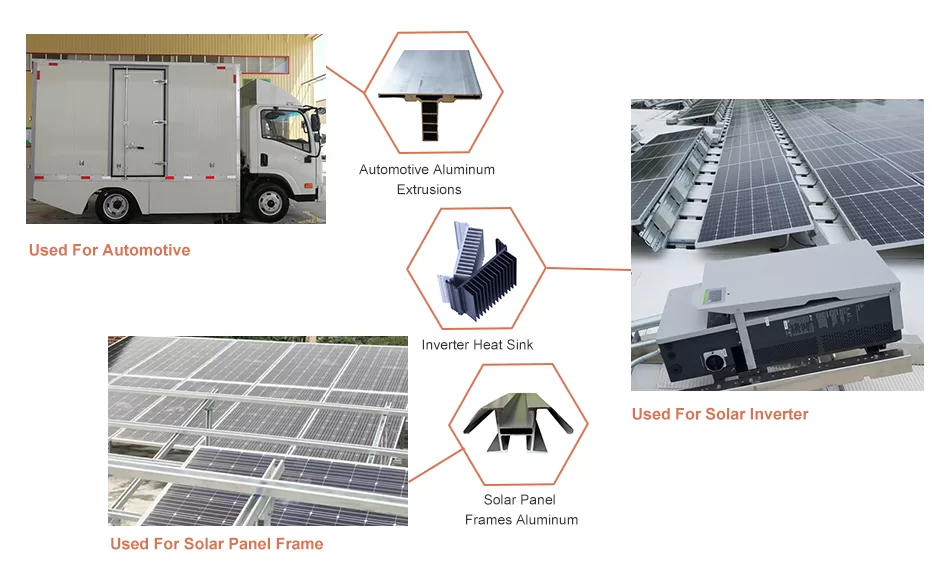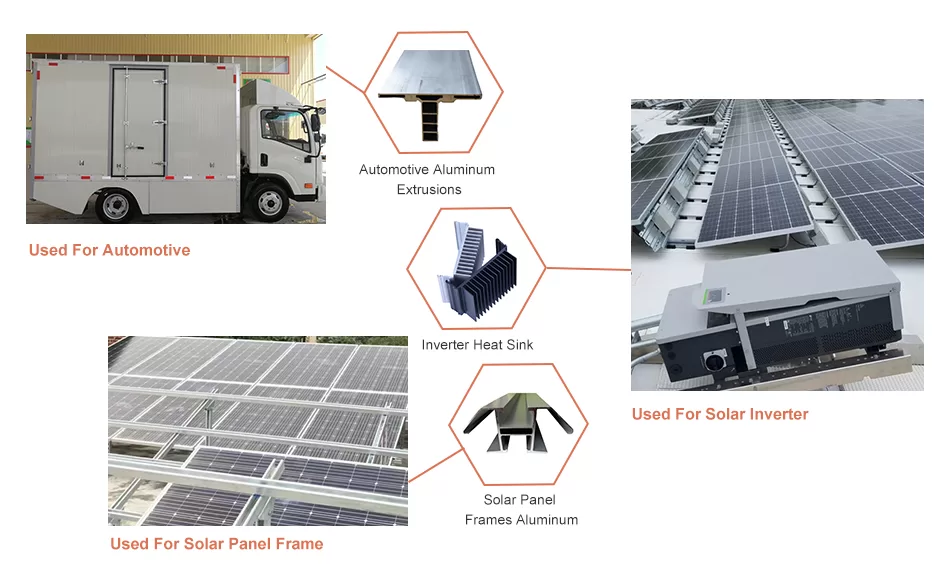Aluminum heat sinks have become increasingly popular in recent years due to their superior thermal management capabilities. With the rise of technology and the demand for efficient and lightweight solutions, aluminum has emerged as the go-to material for heat sinks. In this article, we will explore the innovation behind aluminum heat sinks and how they are revolutionizing thermal management in various industries.
The Benefits of Aluminum for Heat Sinks:
Aluminum is an ideal material for heat sinks due to its high thermal conductivity, lightweight nature, and corrosion resistance. It can efficiently transfer heat and is an excellent choice for dissipating heat generated by electronic devices.
Custom Aluminum Extrusion Design:
Custom aluminum extrusion design allows engineers to create heat sinks tailored to specific requirements. With the help of advanced engineering software and skilled technicians, custom shapes and dimensions can be created to optimize heat dissipation and ensure optimal performance.
Applications of Aluminum Heat Sinks:
Aluminum heat sinks are used across multiple industries, including LED lighting systems, power transistors, large CPUs, and telecommunications towers. Their versatility and effectiveness make them a preferred choice for thermal management solutions.
Cost-Effective:
Compared to other materials like diamonds, synthetic diamonds, and composite materials, aluminum is the most cost-effective option for heat sinks. Its abundance and low cost make it a practical choice for a wide range of applications.
Conclusion:
Aluminum heat sinks are an innovative solution for thermal management, offering superior performance and cost-effectiveness. With the potential for customization and diverse applications, aluminum continues to be the material of choice for engineers and designers seeking efficient and lightweight thermal management solutions.




